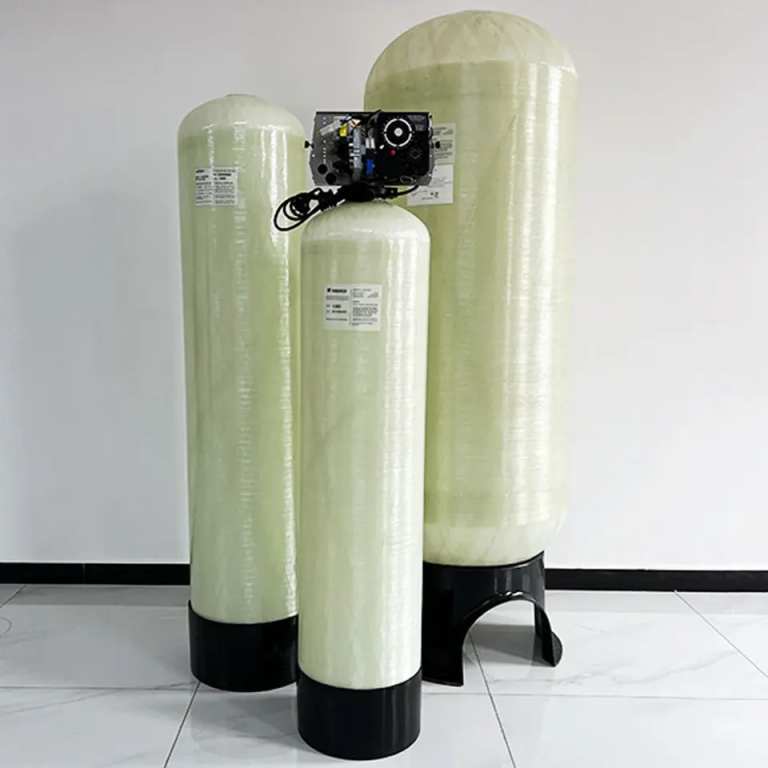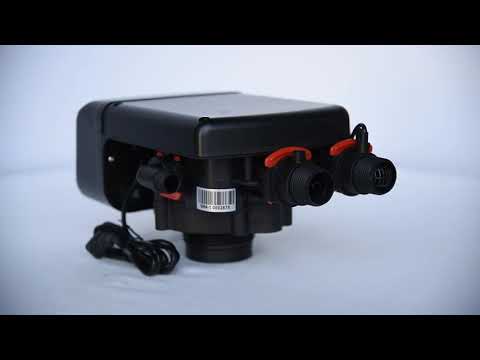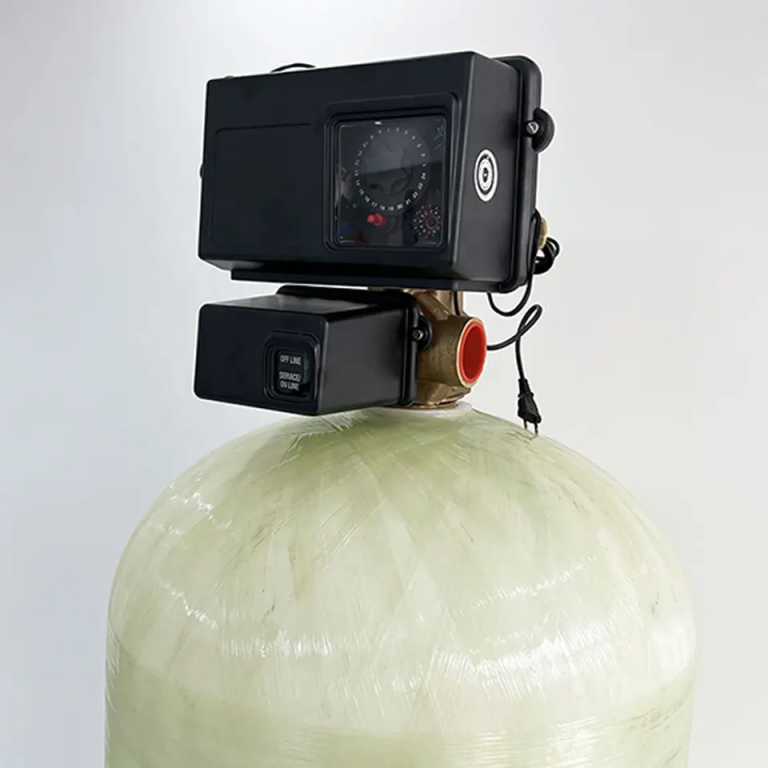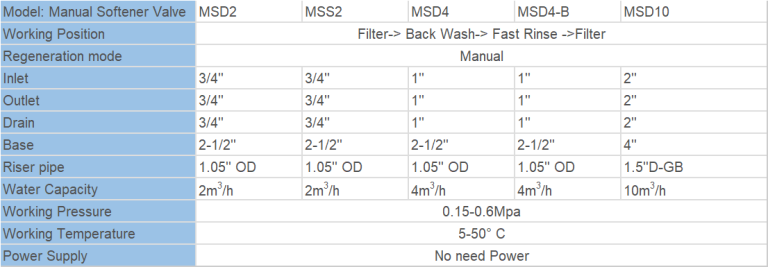“Customize your water softness with adjustable settings.”
Adjusting Water Softeners: What You Need to Know
Water softeners are essential appliances in many households, as they help to remove minerals such as calcium and magnesium from water, which can cause limescale buildup in pipes and appliances. However, many people are unaware that water softeners can be adjusted to suit the specific needs of their home. In this article, we will explore the topic of adjusting water softeners and provide you with the information you need to know.
One of the most common questions people have about water softeners is whether or not they are adjustable. The answer is yes, water softeners can be adjusted to suit the hardness of the water in your area. Hard water contains high levels of minerals, which can lead to a variety of issues such as soap scum, limescale buildup, and reduced efficiency of appliances. By adjusting your water softener, you can ensure that it is working at its optimal level to provide you with soft, clean water.
There are a few different ways that water softeners can be adjusted. The most common method is to adjust the regeneration cycle of the water softener. The regeneration cycle is the process by which the water softener cleans itself and recharges the resin beads that remove the minerals from the water. By adjusting the regeneration cycle, you can control how often the water softener regenerates and how much salt is used during the process.
Another way to adjust a water softener is to change the settings on the control panel. Most water softeners come with a control panel that allows you to adjust settings such as the hardness level of the water, the regeneration frequency, and the salt dosage. By adjusting these settings, you can customize your water softener to meet the specific needs of your home.
It is important to note that adjusting a water softener should be done carefully and with caution. If you are unsure of how to adjust your water softener, it is best to consult the manufacturer’s instructions or contact a professional for assistance. Making the wrong adjustments to your water softener can lead to issues such as reduced efficiency, increased salt usage, or even damage to the appliance.
| Model | Central tube | Drain | Brine tank connector | Base | Maximum power | Pressure |
| 5600SXT | 0.8125″/1.050″ O.D. | 1/2″NPTF | 1600-3/8″ | 2-1/2″-8NPSM | 8.4W | 2.1MPa |
| 5600SXT | 0.8125″/1.050″ O.D. | 1/2″NPTF | 1600-3/8″ | 2-1/2″-8NPSM | 8.4W | 0.14-0.84MPa |
When adjusting your water softener, it is important to consider the hardness of the water in your area. Water hardness is measured in grains per gallon (gpg), with anything above 7 gpg considered hard water. By testing the hardness of your water, you can determine the optimal settings for your water softener. Most water softeners come with a test kit that allows you to measure the hardness of your water and adjust the settings accordingly.

In conclusion, water softeners are adjustable appliances that can be customized to suit the specific needs of your home. By adjusting the regeneration cycle, control panel settings, and considering the hardness of your water, you can ensure that your water softener is working at its optimal level. If you are unsure of how to adjust your water softener, it is best to consult the manufacturer’s instructions or contact a professional for assistance. Adjusting your water softener can help to improve the quality of your water and prevent issues such as limescale buildup and reduced appliance efficiency.





